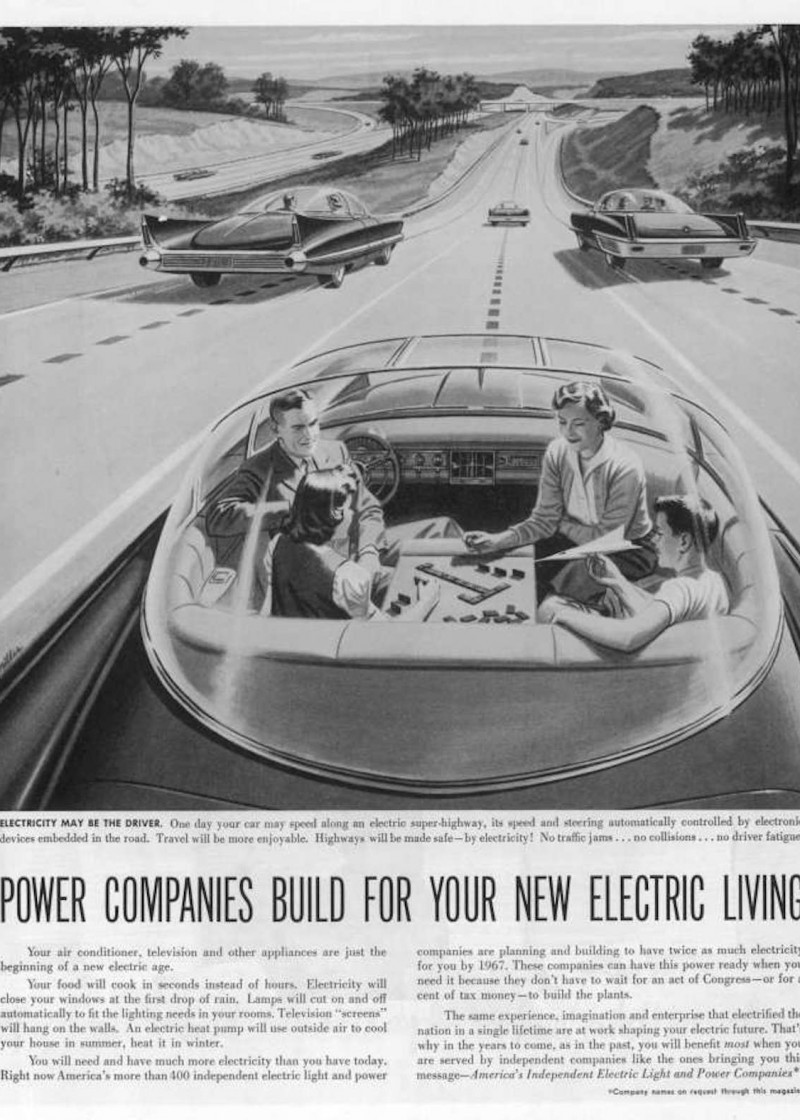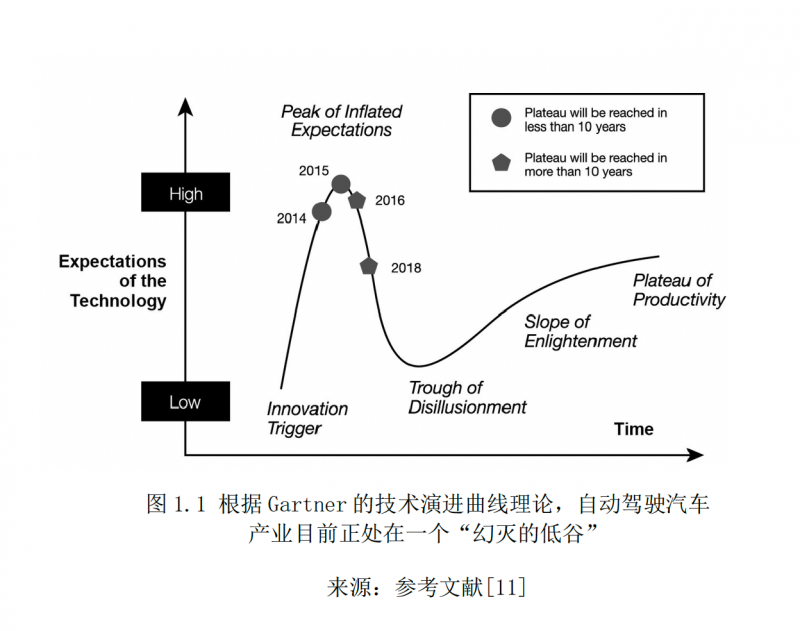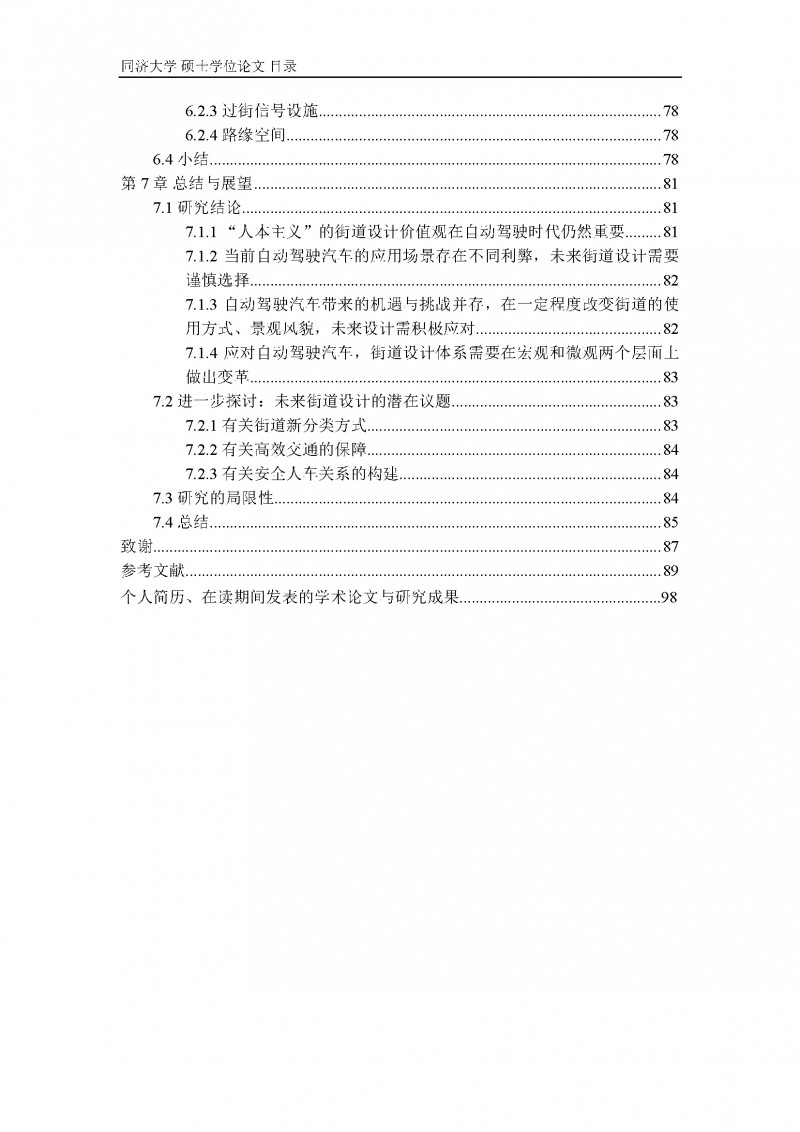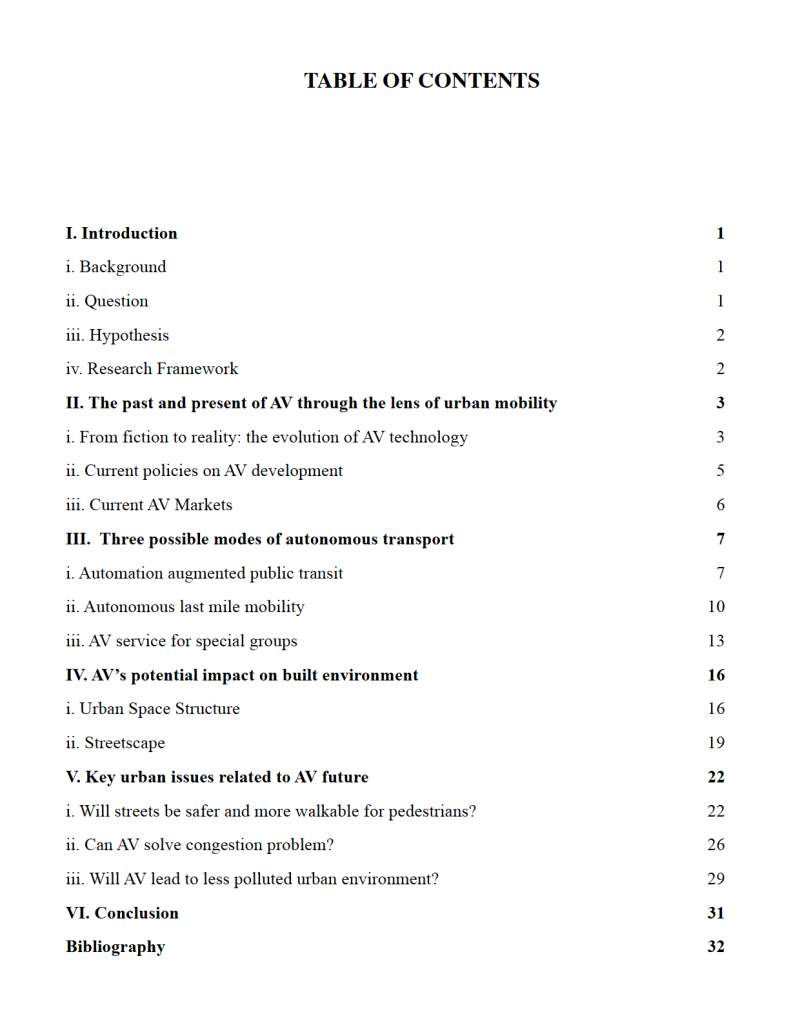Exploring Driverless Future
As fully autonomous vehicles(AVs) gradually enter the public’s field of vision, their safety, transport efficiency, comfortable travel experience, and excellent performance in many aspects have attracted much attention and are regarded as a novel revolution in urban transportation in the future.
Obviously, as the most important urban traffic space, the transformation and reshaping of street will be one of the major impacts brought by AV technology. Different from the urban environment during the popularization of private cars in the last century, contemporary streets have gradually evolved into a complicated space, and need more tactical and strategies to respond to this challenge.
Therefore, this research focuses on three issues: "What physical elements is the current street composed of ", "How are AVs expected to impact these elements", and "How to deal with these impacts": The first part briefly summarizes the evolution of the street design system under the popularization of cars in the last century, and predict which aspects of the AV revolution will directly influence the street design system; The second part is a brief review of the development history of AVs, summarizing the current main application modes of AV technology in urban traffic, and analyzing its advantages and disadvantages embodied in its deployment. On this basis, considering the inferences of many scholars on the application prospects of AVs, the research is developed by predicting the potential mobility modes of AVs and what new demands will be put forward for street space, and what negative impacts will be brought about; The third part sorts out and summarizes some urban design conceptional schemes in the context of AV future, analyzes how these schemes respond to the above impacts and the reasons for them, and finally summarizes what changes the contemporary street design system needs to make if AVs are to be deployed in mass scale.
The main contribution of this research is to analyze potential street design evolutions under the influence of AVs from a systematic perspective, which is an area that domestic scholars seldom get involved in. It is hoped that this research can fill up the vacancies in domestic research in related fields and contribute some thoughts to urban designers in the era of autonomous driving in the future.














